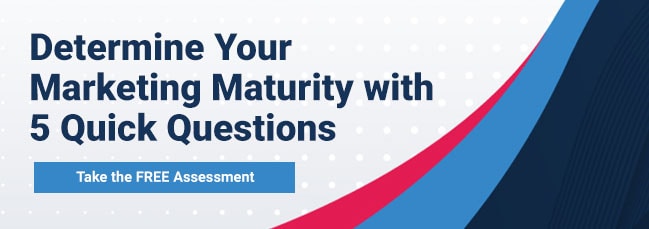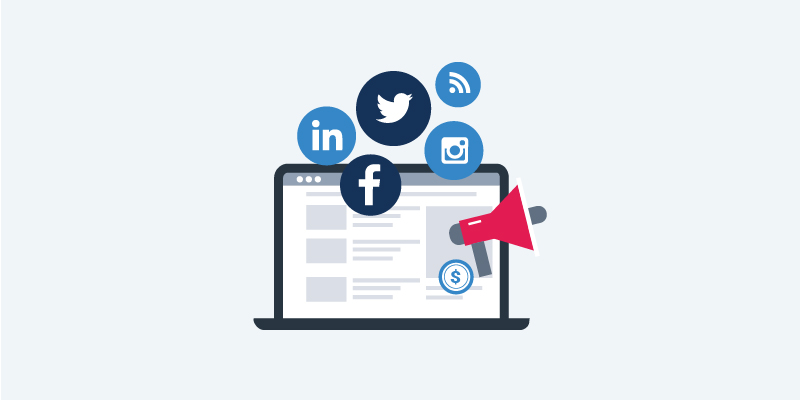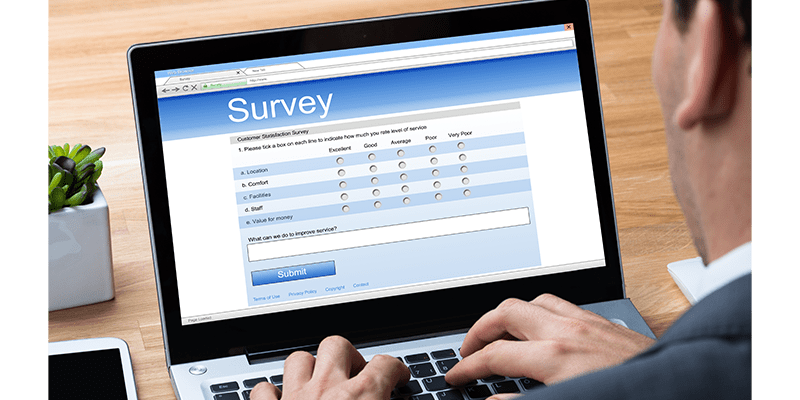Marketing
How to Develop an Inbound Marketing Strategy
by clickdimensions

Curious about inbound marketing and how to use it to your advantage? Inbound marketing fosters relationships between your organization and potential customers by building meaningful, value-based interactions. To get started with inbound marketing, you need to understand the four main principles: attracting visitors, engaging leads, nurturing leads and retaining customers.
Attracting Visitors
Before you focus on attracting visitors, you need to know who your ideal customer would be. Start by creating buyer personas that explain exactly who you are targeting and their challenges and goals. This will inform your overall inbound marketing strategy as well as the type of content you will create. In turn, you will attract the right audience by supplying them with valuable content.
Once you have created your buyer personas, it’s time to start creating content. Before going full steam ahead, it’s important to come up with an editorial calendar to determine a regular posting schedule and plan out the content you will be publishing. This will also make it easier to connect with other departments within your company and take note of upcoming product and service offerings or any other notable events.
Blogging can be a great way to bring traffic to your website and is an essential piece of content to include in your strategy. Use your buyer personas to create blogs that cater to their wants and needs. From there, you can branch out to include video content, a social presence and more. As you implement each different content type, be sure to analyze your efforts to stay informed on what type of content is performing well and how you can continue to improve your strategy.
Engaging Leads
The key to engaging potential leads is to present content that provides solutions to potential pain points and helps your audience achieve their goals. You can accomplish this by creating thought leadership content such as white papers and eBooks. Use this content to direct your visitors to a landing page where they will fill out a form with contact information which your sales team can use later.
A good landing page should be designed to be easily filled out and eye-catching to attract new leads. Most importantly, you need to include a call to action (CTA), incentivizing your visitors to download your premium content or other offer. A CTA can make or break your conversion rates, so you need to get it right. To accelerate lead generation, try A/B testing different CTAs to uncover what performs best.
Nurturing Leads Into Customers
As you continue to generate new leads, it’s important to have an effective lead nurturing strategy. You can accomplish this by providing your leads with relevant information at each stage of the buyer’s journey. There are many ways to turn leads into customers, but here are our top three:
1. Multiple touches. If you don’t hear back from a lead the first few times you reach out to them, don’t fret. On average, prospects need an average of 10 touches before they become a customer.
2. Quick follow ups. When it comes to winning new customers, time is of the essence. If you contact a new lead within five minutes, they are 21 times more likely to become qualified than if you contact them within 30 minutes.
3. Personalized emails. Want more prospects to open your emails? A personalized email generates up to 6 times more revenue than a non-personalized email.
Retaining Customers
So, you’ve gained a new customer. Inbound marketing doesn’t stop here. Now you must work to delight and retain. To delight your customers, make it easy for them to get help when needed and ensure you are empowering your customers to reach their goals with your products or services. Just like the other stages of inbound marketing, focus on providing valuable content that your customers will find helpful. This can include training videos, product resources and newsletters. For example, newsletters can establish your company as thought leaders in your industry and are also a great opportunity to share important information like product updates and other customer-focused announcements. Most importantly, remember to listen to your customers and put their wants and needs first whenever possible. You can do this by surveying them often and incentivizing their feedback. If you can deliver on the newest feature they want, or resolve a reoccurring problem, you are far more likely to retain your customers longer.
Happy Marketing!







